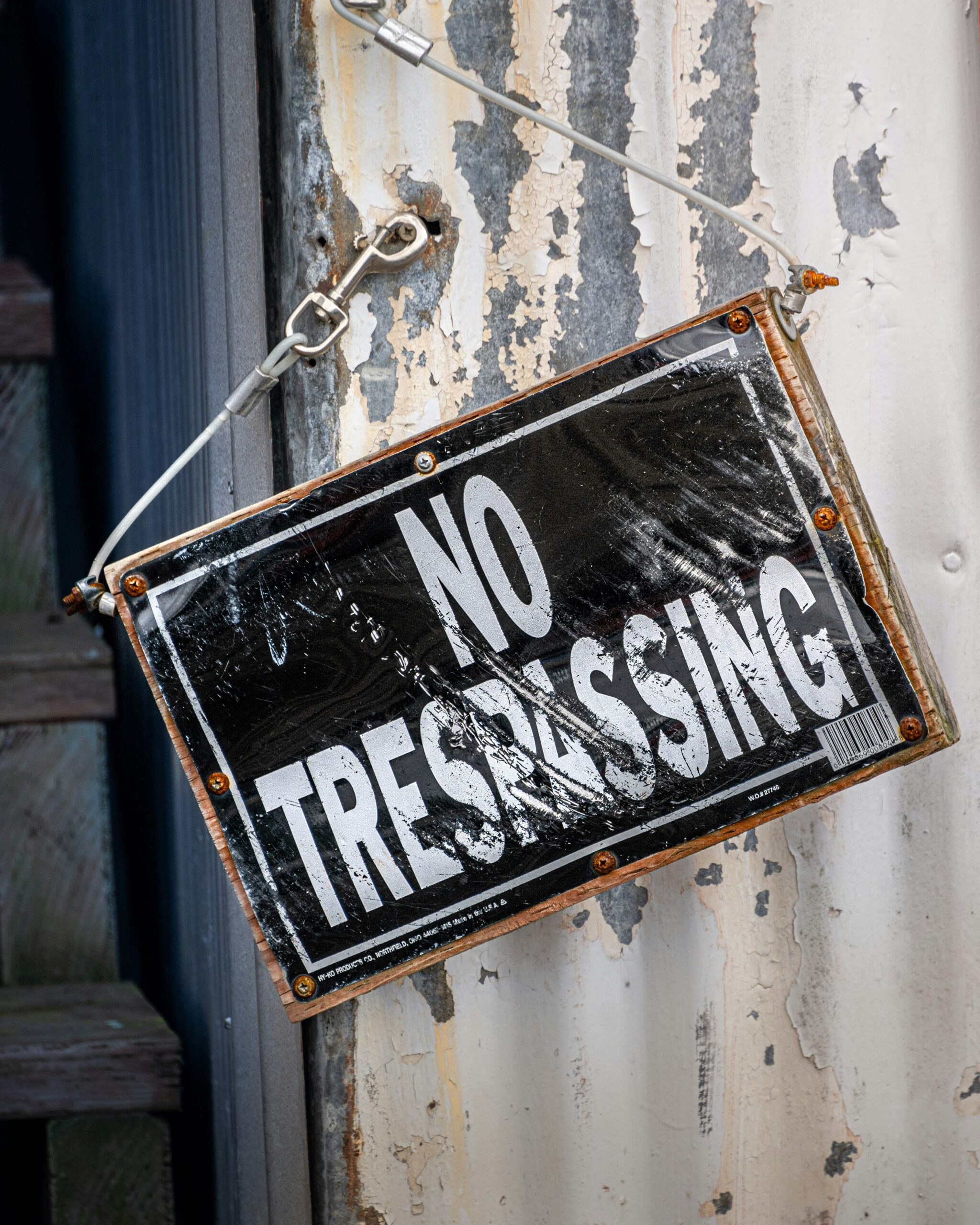Introduction to the Dark Web
The dark web is a part of the internet that exists beyond the reach of standard search engines and average Internet users. It is essential to understand that the dark web is not synonymous with illicit activities; rather, it serves various purposes, ranging from privacy protection to activism. To better grasp this concept, it is useful to delineate the three primary layers of the internet: the surface web, the deep web, and the dark web itself.
The surface web is what most users reference daily, comprising sites accessible through common search engines like Google and Bing. This includes social media platforms, news websites, and online shopping portals. In contrast, the deep web encompasses all content not indexed by these search engines. This includes databases, academic journals, and medical records, primarily because it requires specific access permissions. The dark web, on the other hand, is a small segment of the deep web that has been intentionally hidden and is inaccessible through standard web browsers.
Common misconceptions about the dark web often paint it as purely a marketplace for criminal activity. While it is true that illegal transactions can occur here, such as the sale of drugs and weapons, many individuals utilize the dark web for legitimate reasons. Journalists, whistleblowers, and activists in repressive regimes may seek refuge in these virtual spaces to communicate without fear of censorship or repercussions.
Understanding the dark web is increasingly relevant in today’s interconnected world, particularly concerning personal security. Cyber threats and data breaches have become prevalent, making awareness about the dark web essential. Readers will find that gaining insights into this hidden layer of the internet can empower them to better protect their privacy and data, navigating the complexities of digital security in the process.
The Structure of the Internet: Surface Web, Deep Web, and Dark Web
The internet is often depicted as a vast and complex entity, divided into three primary layers: the surface web, the deep web, and the dark web. Each of these layers serves distinct purposes and has varying levels of accessibility and visibility. Understanding these classifications is crucial for grasping the implications they have on security and privacy.
The surface web constitutes the publicly accessible part of the internet and is the smallest layer in terms of content. It is the section that users commonly interact with, including websites indexed by search engines such as Google and Bing. Despite its prevalence, the surface web represents only a fraction of the total internet landscape, estimated to be around 4-10% of the entire web.
Beneath the surface, the deep web encompasses a significantly larger portion. This layer includes content that is not indexed by traditional search engines, such as databases, private corporate websites, medical records, and other sensitive information. Estimates suggest that the deep web is approximately 90-96% of the total internet, indicating its vastness and value for organizations that prioritize data privacy and security.
Finally, the dark web exists within the deep web and is intentionally hidden from standard browsing practices. It requires specialized software, most notably the Tor network, to access. The dark web is often associated with illegal activities due to its anonymity features, however, it also serves as a platform for privacy-conscious individuals and whistleblowers. While the dark web is only a small part of the deep web, it attracts considerable attention due to its capacity for anonymity.
Understanding the structure of the internet enables individuals and organizations to better manage their security risks. Each layer of the web serves its own functions, and users must be informed about these distinctions to navigate the digital landscape securely. This foundational knowledge forms the basis for recognizing potential threats and adopting appropriate security measures.
Security Risks Associated with the Dark Web
The dark web presents a multitude of security risks that extend beyond the realm of mere anonymity. One of the most pressing concerns is the prevalence of data breaches, where sensitive personal information is bought and sold on illicit marketplaces. Cybercriminals often target large databases, compromising users’ personal data, including bank details, passwords, and social security numbers. Reports indicate that over 60% of US adults have had their personal information exposed online, highlighting the urgent need for vigilance.
Identity theft is another significant threat linked to the dark web. Criminals can use stolen information to create fake identities, allowing them to access financial accounts or open lines of credit in victims’ names. The Federal Trade Commission (FTC) reported that identity theft complaints surged by over 113% in recent years, showcasing a worrying trend influenced by dark web activities. Everyday users are increasingly at risk as these criminals become more sophisticated in their operations.
The sale of illicit goods and services on the dark web further compounds these security issues. Markets like Silk Road, though shut down, paved the way for numerous platforms where drugs, weapons, and counterfeit products are sold. This illegal commerce not only facilitates other crimes but also exposes unsuspecting consumers to serious legal and personal safety risks.
To safeguard against these emerging threats, users must adopt proactive measures. Utilizing strong, unique passwords for each online account can significantly reduce the chances of unauthorized access. Additionally, enabling two-factor authentication adds an extra layer of protection. Regularly monitoring financial statements for unusual activity can help detect potential fraud early, allowing individuals to take swift action.
Ultimately, it is essential for individuals to remain aware of the security risks associated with the dark web, recognize the signs of identity theft, and implement protective strategies to mitigate these threats, ensuring a safer online experience.
Conclusion and Call to Action
In conclusion, understanding the dark web is crucial for anyone who seeks to navigate the complexities of the internet safely. This hidden part of the online world allows for anonymity, which can facilitate both legitimate privacy needs and illegal activities. Recognizing the nature and implications of the dark web can empower individuals to take proactive steps towards their personal security. As we have discussed, threats originating from this domain can range from identity theft to the sale of illicit materials, thus underscoring the necessity for vigilance.
The importance of remaining informed cannot be overstated. Knowledge about potential risks associated with the dark web is vital in today’s digital landscape, where cyber threats evolve rapidly. By being aware of how these threats can manifest, individuals can implement appropriate security measures to protect their data and personal information. This vigilance can be enhanced through adopting best practices, such as utilizing strong passwords, enabling two-factor authentication, and regularly monitoring accounts for suspicious activity.
We encourage you to share your thoughts or personal experiences regarding the dark web in the comments section below. Engaging in discussions about these topics can foster a better understanding among peers and help form a supportive community aimed at improving our collective digital security. Additionally, consider sharing this article on social media platforms to spread awareness about the implications of the dark web. For those looking to deepen their knowledge, further resources are available that provide insights into internet safety measures and tips to navigate the online world securely.









